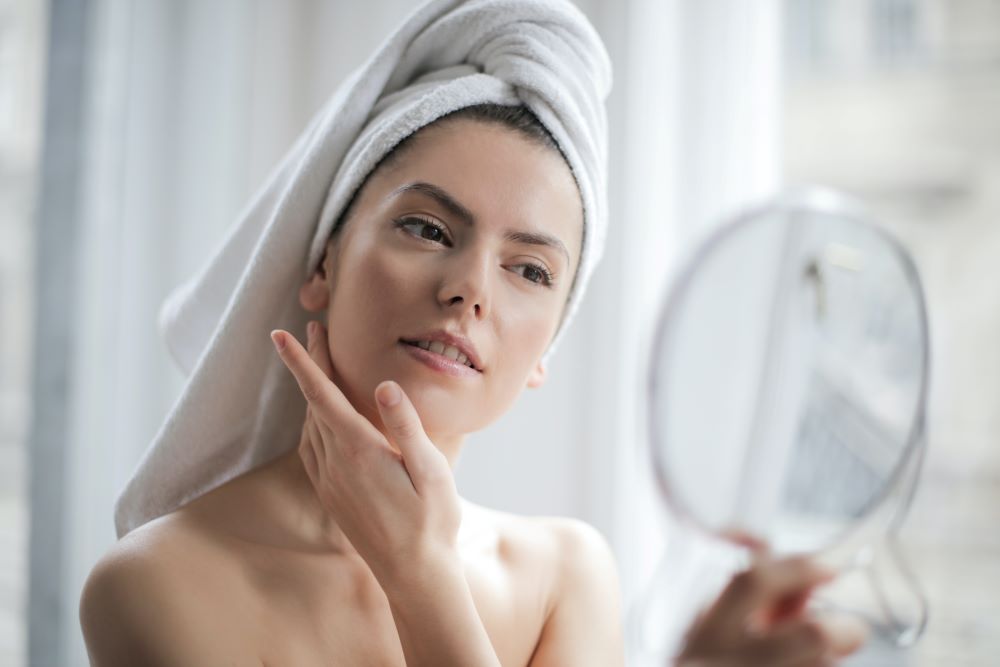High protein cosmetics may be able to stop aging in its tracks.
Revolutionary new cosmetics currently in testing implement protein fragments, or peptides, that cause a shocking effect on skin health. Two of these proteins have been proven in scientific studies to repair skin damage, while providing a safe, non-invasive way to improve the health of the skin. But how do they work, exactly?
As proteins in the skin degrade over time due to age or sun exposure, they release small fragments that can kick-start some degree of skin repair. These fragments help to rebuild collagen and elastin fibers which improve skin elasticity and reduce wrinkles. They also help to reduce inflammation and protect the skin from oxidative damage caused by UV rays.
Therefore, by introducing high levels of these peptides into cosmetic products, researchers are giving people an effective way to improve their skin health without surgery or other invasive procedures. The body, on its own, usually produces an inefficient amount of these peptides, so introducing more can help to repair damage.

Despite the science behind it being incredibly simple, the implications of this technology could be huge and open up a whole new world of possibilities for people who want to improve their skin’s texture without the use of controversial cosmetic surgery or injectables.
Previous products containing high levels of these peptides have been developed and are currently on the market, but few have been proven to actually repair skin damage due to the composition of these products and insufficient levels of peptides.
Previous research conducted by the American Academy of Dermatology identified two specific peptides already occurring naturally in the skin when it is damaged that could also be applied externally. These peptides were applied to a group of eight people aged between 71 and 84 and covered with a polymer patch that enhances their penetration into the skin. Researchers found that levels of key protein structures called fibrillin-rich microfibrils, which make skin more elastic, rose significantly in the treated areas compared to untreated ones.
The participants experienced no adverse effects from the treatment. Despite this, however, it’s important to note that the researchers didn’t actually determine whether or not the treatments made the skin look younger and less wrinkled as a result — just that the protein structures increased.
Mike Bell, an employee at one of the companies that funded the study, noted that the fibrillin-rich microfibrils increased to levels similar to those of people several years younger than the participants. This is an encouraging step in the right direction, and further research is needed to determine the full scope of these products’ potential.
Overall, more research is needed to determine the potency of the new products and if they will actually lead to a reduction in wrinkles or age spots. If further testing proves successful, then the composition of the cosmetics could be in high demand when they officially are placed on sale in the near future, depending on cost and availability.
The cosmetics industry is always looking for new and innovative ways to improve people’s skin health, and many scientists believe that they just unlocked a new way for people to stay young. Only time will tell, of course, if high levels of protein peptides are the answer to improving skin health naturally and are a viable substitute to spa procedures.
Sources:
The Role of Extracellular Matrix in Skin Wound Healing
Protein fragments that repair skin damage could be added to cosmetics


Join the conversation!